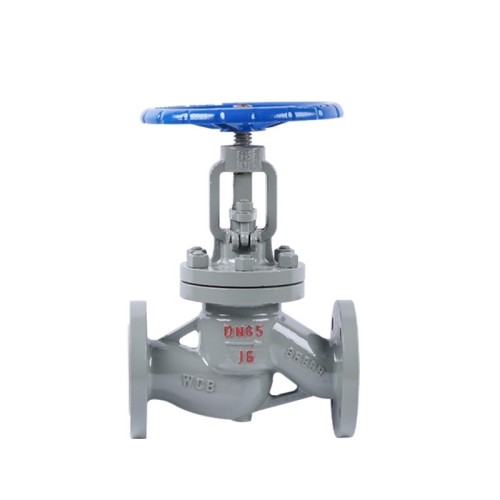lift piston check valve
Understanding Lift Piston Check Valves Functionality and Applications
In the realm of fluid dynamics and mechanical engineering, the design and functionality of different types of valves play a crucial role in ensuring the efficient operation of systems. One such device is the lift piston check valve, which serves as an important component in various industrial applications. This article will explore the mechanics of lift piston check valves, their applications, advantages, and maintenance considerations.
What is a Lift Piston Check Valve?
A lift piston check valve is a specific type of check valve designed to prevent backflow in a piping system while allowing fluid to flow in one direction. Unlike traditional ball or swing check valves, the lift piston design utilizes a piston mechanism that moves vertically. This configuration offers several benefits, particularly in applications where space is limited and precise control of fluid flow is necessary.
How Does It Work?
The operation of a lift piston check valve is straightforward yet effective. The valve typically consists of three main components a body, a piston, and a spring. When fluid flows through the valve in the intended direction, the pressure pushes the piston upward, allowing fluid to pass. Once the fluid flow ceases or reverses, gravity, along with the tension from the spring, causes the piston to drop, sealing the valve and preventing backflow.
This design allows for a more gradual and controlled opening and closing action compared to other types of check valves. The lift piston mechanism reduces the chances of water hammer, a phenomenon that can occur when fluid flow changes suddenly and generates pressure surges that may damage piping and equipment.
Applications of Lift Piston Check Valves
Lift piston check valves are commonly used in various applications, including but not limited to
1. Water Treatment Facilities These valves play a critical role in preventing backflow in water distribution systems, ensuring that treated water does not contaminate the supply.
2. Pumping Stations In systems where pumps are utilized, lift piston check valves help maintain the proper flow direction and prevent reverse flow when pumps are turned off.
3. Industrial Processes Various manufacturing processes require strict control of fluid dynamics. Lift piston check valves can be found in applications involving chemicals, oil, and gas, ensuring safe and efficient operation.
4. HVAC Systems In heating, ventilation, and air conditioning systems, these valves help regulate fluid flow and maintain system efficiency.
Advantages of Lift Piston Check Valves
lift piston check valve

Lift piston check valves offer several advantages over other valve types
- Enhanced Control Their design allows for more precise control of fluid flow, reducing pressure surges and ensuring smooth operation.
- Space Efficiency Their compact design makes them suitable for installations where space is at a premium.
- Reliability These valves are generally low-maintenance and provide reliable operation across a range of conditions, effective at preventing backflow in liquid systems.
- Durability Constructed from robust materials, lift piston check valves can withstand various environmental conditions, making them suitable for industrial applications.
Maintenance Considerations
While lift piston check valves are designed for durability, regular maintenance is crucial to their efficient operation. Key maintenance practices include
- Routine Inspections Regularly check for any signs of wear or damage, particularly in the piston and spring components.
- Cleaning Over time, debris can accumulate within the valve, potentially affecting performance. Regular cleaning helps maintain optimal function.
- Lubrication Ensuring that moving parts are properly lubricated can help prolong the life of the valve.
- Testing Conduct functional testing to ensure that the valve opens and closes correctly and that no backflow occurs.
Conclusion
In conclusion, lift piston check valves are essential components in various fluid management systems. Their unique design allows for efficient and reliable operation, making them suitable for a wide range of applications. Understanding their functionality, applications, and maintenance requirements can help engineers and operators utilize these valves effectively, ensuring system efficiency and longevity. With the growing demand for reliable fluid control solutions, lift piston check valves will undoubtedly continue to play a pivotal role in industrial operations.
-
High-Security Lockable Gas Valve - Tamper-Proof ControlNewsAug.30,2025
-
Reliable Hydraulic Valves for Efficient Fluid ControlNewsAug.29,2025
-
Reliable Electric Actuators for Industrial Valve AutomationNewsAug.29,2025
-
Premium Line Blind Valves for Secure Pipeline IsolationNewsAug.29,2025
-
Premium Electric Valves for Smart Fluid Control SolutionsNewsAug.29,2025
-
Precision Balanced Valves for Optimal System PerformanceNewsAug.29,2025
-
Heavy-Duty Flanged Butterfly Valves for Water SystemsNewsAug.29,2025




